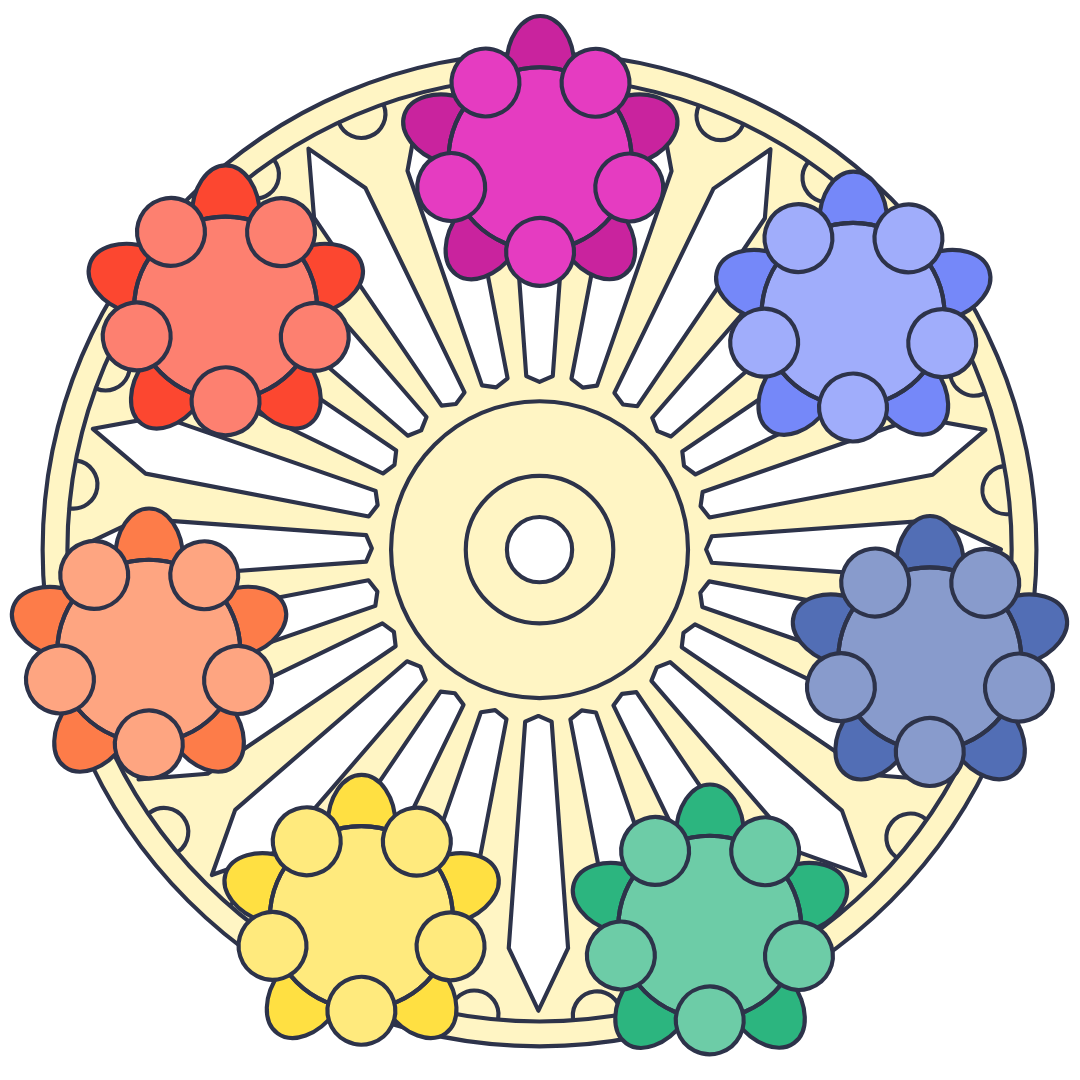Circular design is a concept that focuses on creating products and systems that are sustainable, regenerative, and waste-free. It is a holistic approach that aims to minimize the environmental impact of products and services by considering the entire lifecycle of a product, from design and production to use and disposal. Circular design is based on the principles of the circular economy, which seeks to eliminate waste and promote the efficient use of resources. This approach is in stark contrast to the traditional linear economy, which follows a “take-make-dispose” model that is inherently unsustainable.
Circular design is characterized by several key principles, including designing for durability and longevity, using renewable or recyclable materials, and designing for disassembly and recycling. It also involves considering the environmental and social impact of a product throughout its lifecycle, as well as promoting a shift towards a more sustainable and regenerative economy. By embracing circular design principles, businesses and organizations can reduce their environmental footprint, minimize waste, and create products and services that are more sustainable and resilient.
The Importance of Digital Identity Security
In today’s digital age, the issue of digital identity security has become increasingly important. With the proliferation of online services and the growing reliance on digital platforms for communication, commerce, and social interaction, the need to protect one’s digital identity has never been greater. Digital identity security refers to the measures and protocols put in place to safeguard an individual’s online identity and personal information from unauthorized access, theft, or misuse. This includes protecting sensitive data such as passwords, financial information, and personal details from cyber threats such as hacking, phishing, and identity theft.
The importance of digital identity security cannot be overstated, as a breach in online security can have serious consequences for individuals and organizations alike. From financial loss and reputational damage to identity theft and fraud, the risks associated with compromised digital identities are significant. As such, it is crucial for businesses, governments, and individuals to prioritize digital identity security and invest in robust cybersecurity measures to protect against potential threats. This includes implementing strong authentication methods, encryption protocols, and data protection measures to ensure the integrity and confidentiality of digital identities.
Inclusivity in Digital Identity
Inclusivity in digital identity refers to the principle of ensuring that all individuals have equal access to and control over their digital identities, regardless of their background, demographics, or socioeconomic status. In today’s increasingly digital world, access to digital identity is essential for participating in various aspects of modern life, including accessing government services, conducting financial transactions, and engaging in online communication. However, not everyone has equal access to digital identity, which can create barriers to participation and inclusion.
In order to promote inclusivity in digital identity, it is important for businesses, governments, and organizations to consider the diverse needs and circumstances of individuals when designing digital identity systems. This includes addressing issues such as accessibility for people with disabilities, language barriers, and cultural differences. It also involves ensuring that digital identity systems are designed in a way that respects individuals’ privacy and autonomy, while also providing them with the necessary tools and resources to manage their digital identities effectively. By promoting inclusivity in digital identity, organizations can help bridge the digital divide and ensure that everyone has equal opportunities to participate in the digital economy.
The Role of Circular Design in Digital Identity
Circular design plays a crucial role in shaping the future of digital identity by promoting sustainability, resilience, and inclusivity. By applying circular design principles to digital identity systems, organizations can create more sustainable and regenerative solutions that minimize waste, reduce environmental impact, and promote inclusivity. This includes designing digital identity systems that prioritize durability, longevity, and resource efficiency, while also considering the social and environmental impact of these systems throughout their lifecycle.
One of the key ways in which circular design can influence digital identity is by promoting the use of renewable or recyclable materials in the development of digital identity systems. This can help reduce the environmental footprint of these systems and minimize waste generation. Additionally, circular design principles can also be applied to the design of digital identity infrastructure, such as data centers and server farms, to promote energy efficiency and resource conservation. By integrating circular design into digital identity systems, organizations can create more sustainable and resilient solutions that benefit both individuals and the environment.
Implementing Circular Design Principles
Implementing circular design principles in digital identity systems requires a holistic approach that considers the entire lifecycle of these systems, from design and development to use and disposal. This involves integrating sustainability considerations into every stage of the design process, including material selection, manufacturing processes, energy consumption, and end-of-life management. By adopting a circular design approach, organizations can create digital identity systems that are more resource-efficient, durable, and environmentally friendly.
One way to implement circular design principles in digital identity systems is by prioritizing the use of renewable or recyclable materials in their construction. This can help reduce the environmental impact of these systems and minimize waste generation. Additionally, organizations can also focus on designing for disassembly and recycling, which involves creating digital identity systems that are easy to dismantle and recycle at the end of their lifecycle. By considering these principles during the design phase, organizations can create more sustainable and resilient digital identity systems that contribute to a circular economy.
Benefits of Circular Design for Digital Identity
There are numerous benefits associated with applying circular design principles to digital identity systems. One of the key benefits is the potential to reduce the environmental impact of these systems by minimizing waste generation and promoting resource efficiency. By using renewable or recyclable materials in the construction of digital identity systems, organizations can help conserve natural resources and reduce their carbon footprint. Additionally, by designing for disassembly and recycling, organizations can also promote a more sustainable approach to managing electronic waste.
Another benefit of circular design for digital identity is the potential to create more durable and resilient systems that are better able to withstand environmental challenges. By prioritizing durability and longevity in the design of digital identity systems, organizations can create solutions that are more resistant to wear and tear, thus reducing the need for frequent replacements or upgrades. This can help reduce overall resource consumption and contribute to a more sustainable approach to managing digital identities.
The Future of Circular Design in Digital Identity
The future of circular design in digital identity looks promising as organizations increasingly recognize the importance of sustainability, resilience, and inclusivity in their operations. As awareness of environmental issues continues to grow, there is a growing demand for more sustainable solutions across all sectors, including digital identity. This has led to an increased focus on integrating circular design principles into the development of digital identity systems, with many organizations seeking to create more sustainable and regenerative solutions that minimize waste generation and promote resource efficiency.
Looking ahead, it is likely that circular design will play an increasingly important role in shaping the future of digital identity. As technology continues to evolve and become more integrated into everyday life, there will be a growing need for more sustainable and resilient digital identity solutions that can adapt to changing environmental conditions. By embracing circular design principles, organizations can create digital identity systems that are better able to withstand environmental challenges while also promoting inclusivity and accessibility for all individuals. As such, the future of circular design in digital identity holds great potential for creating more sustainable and regenerative solutions that benefit both individuals and the environment.

